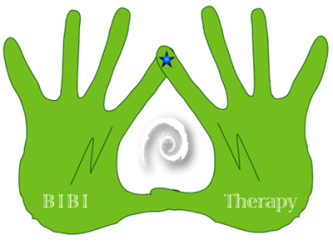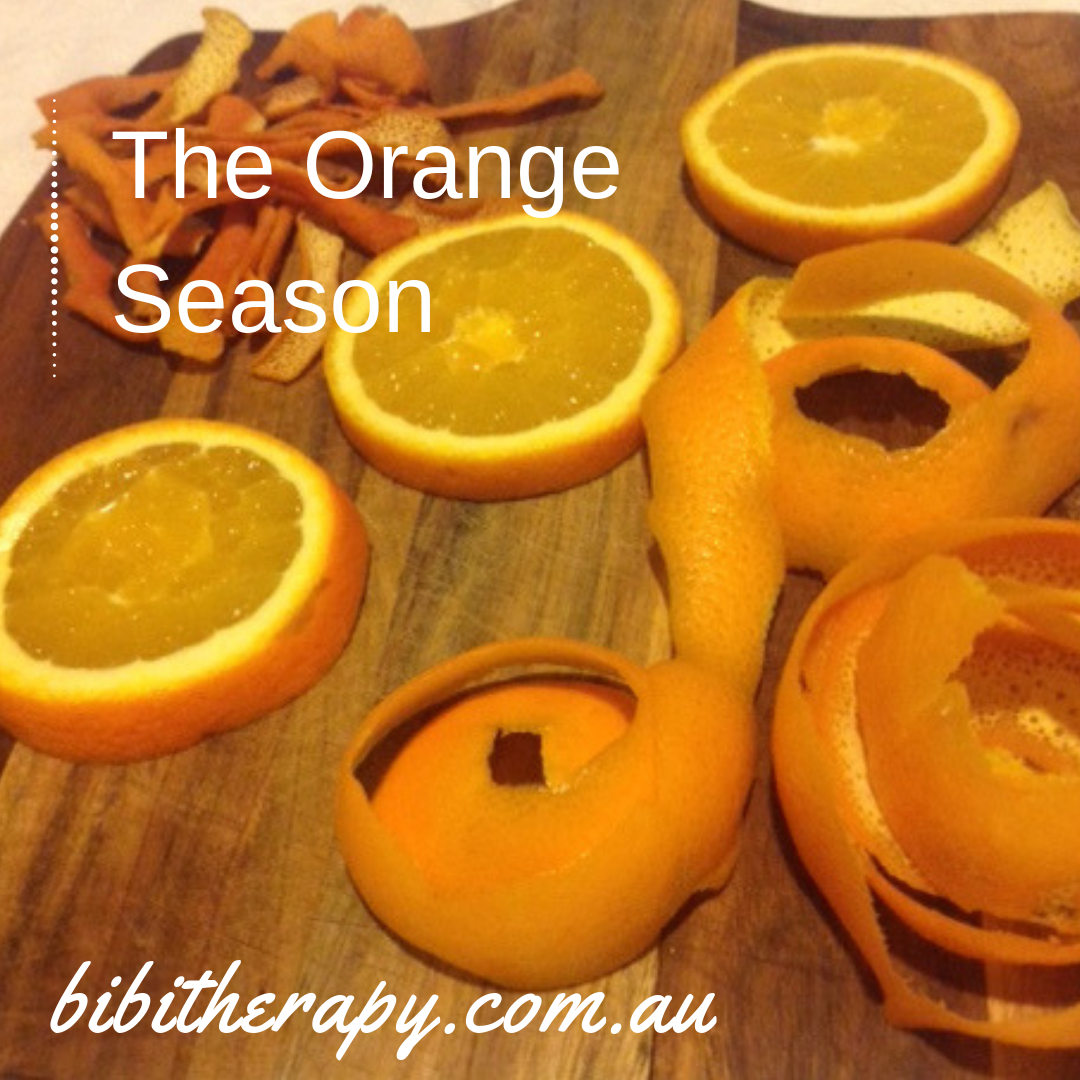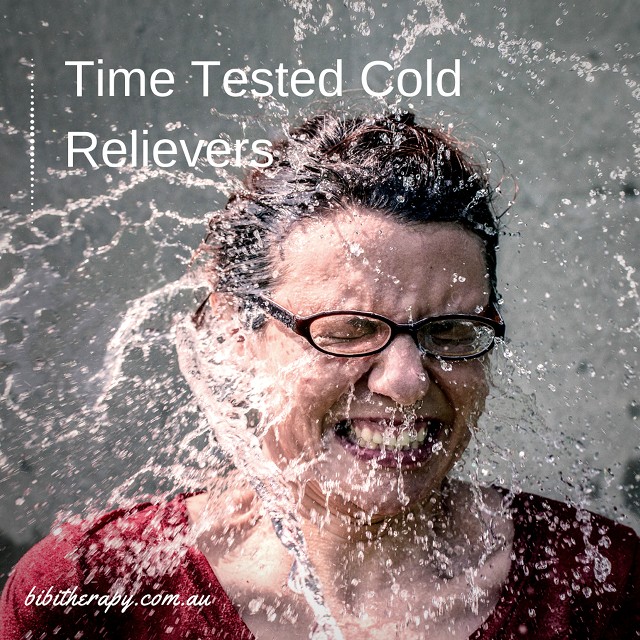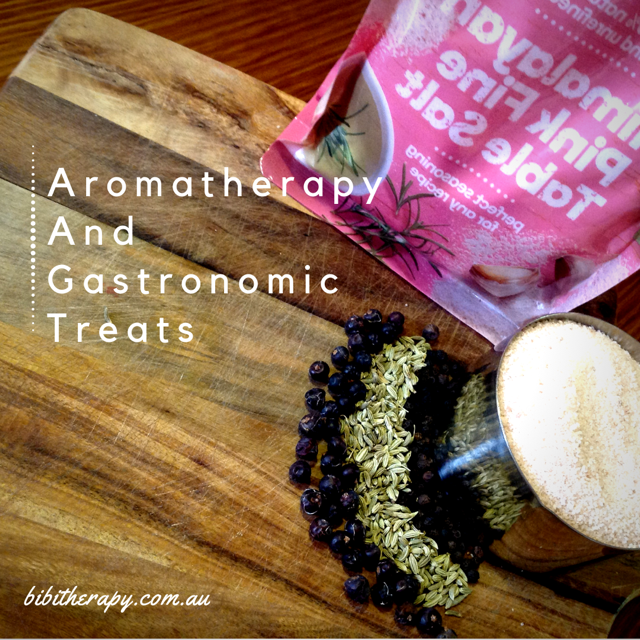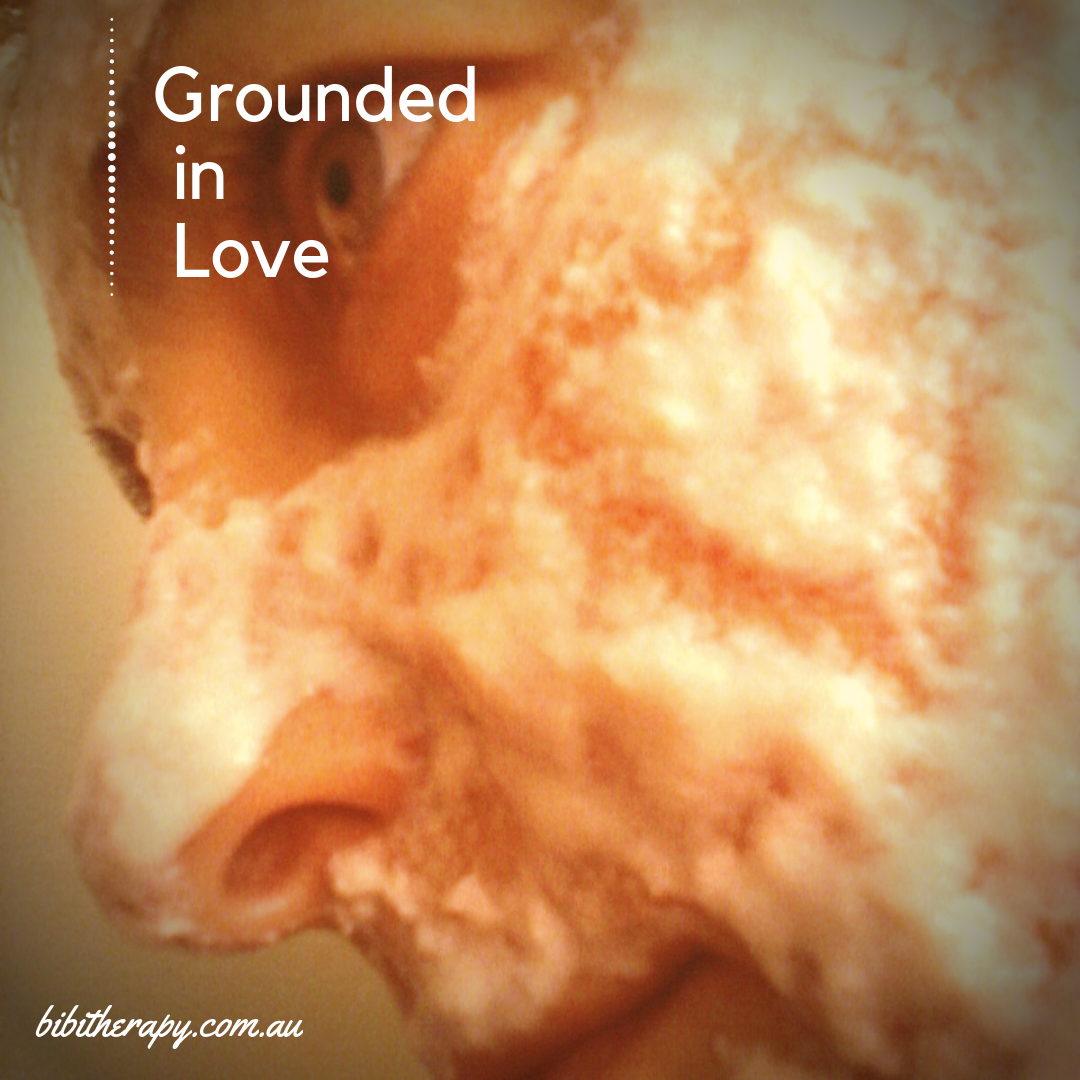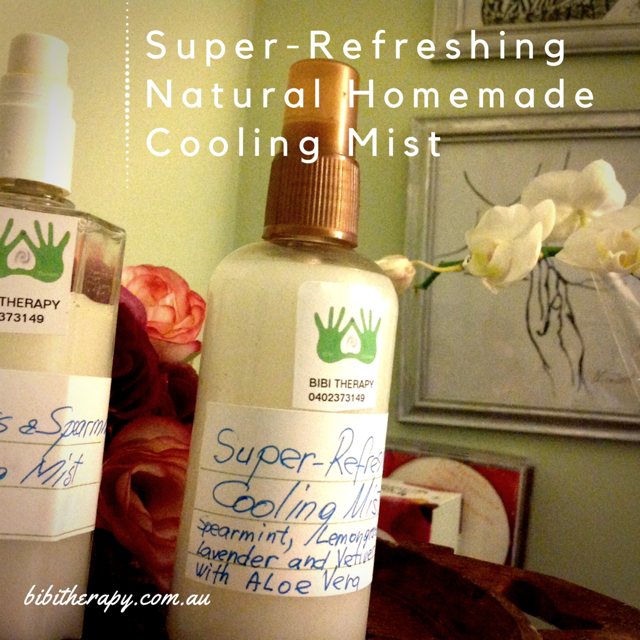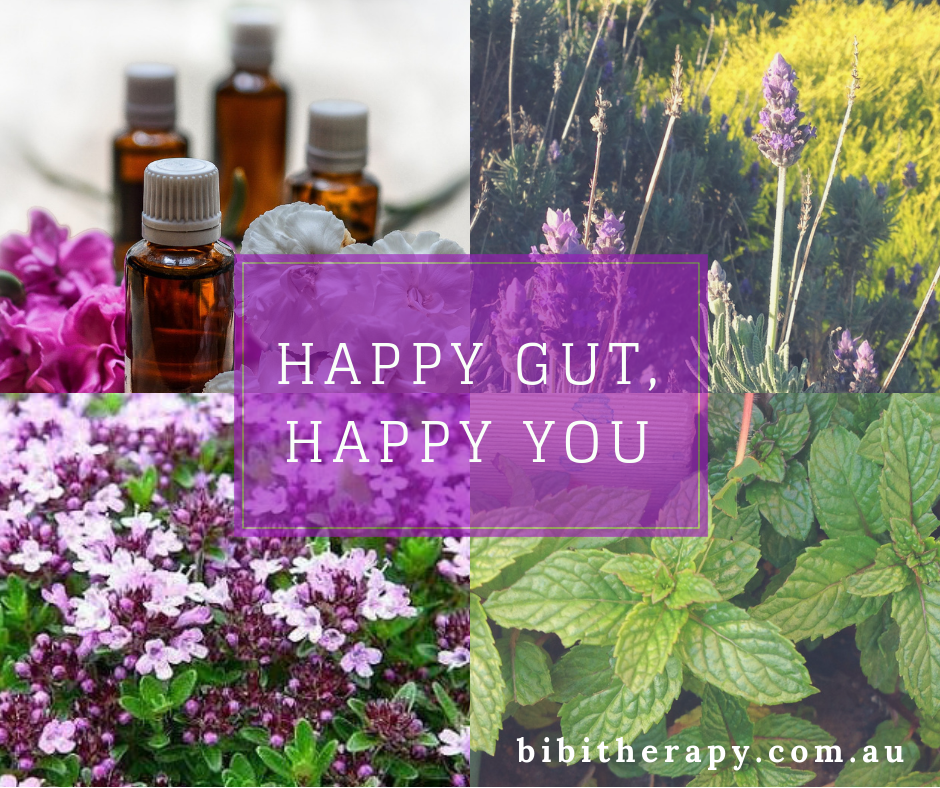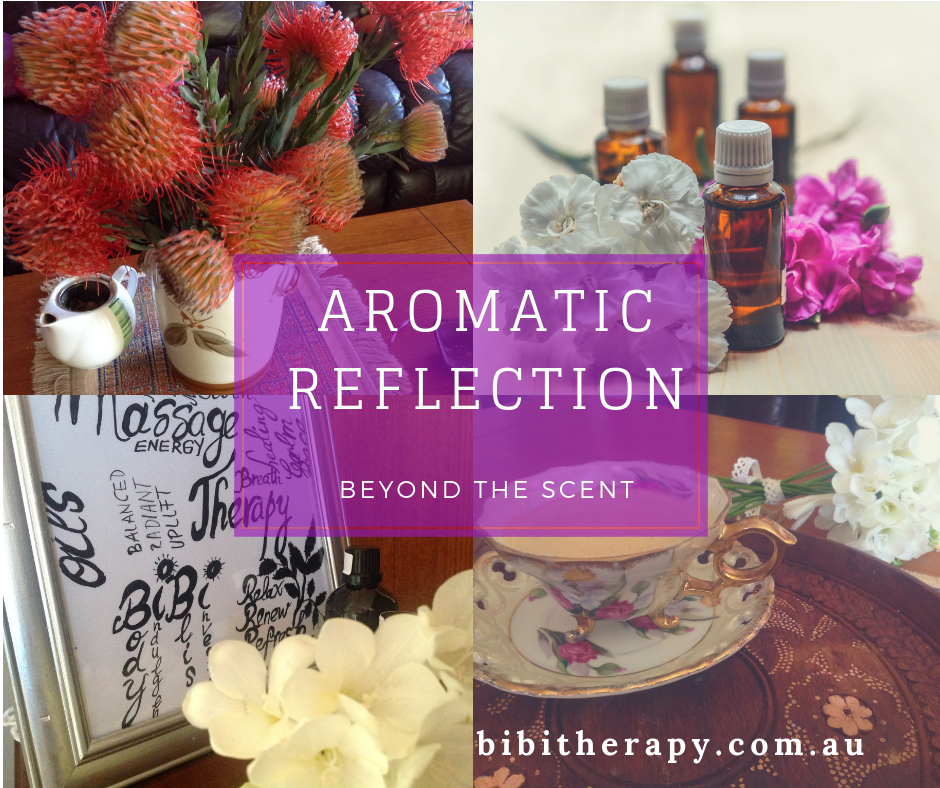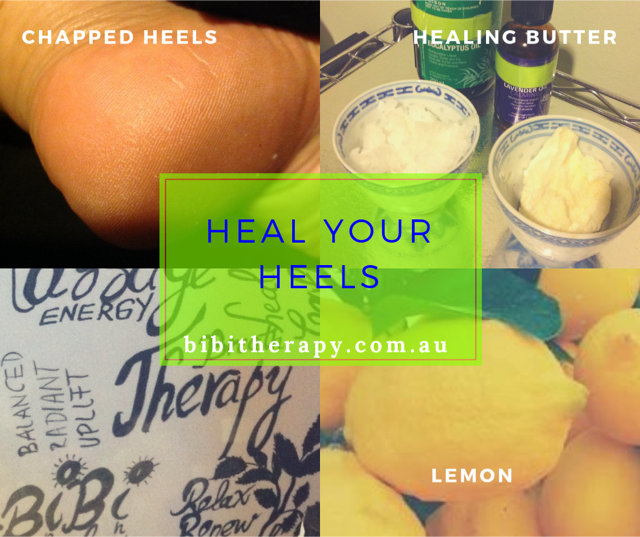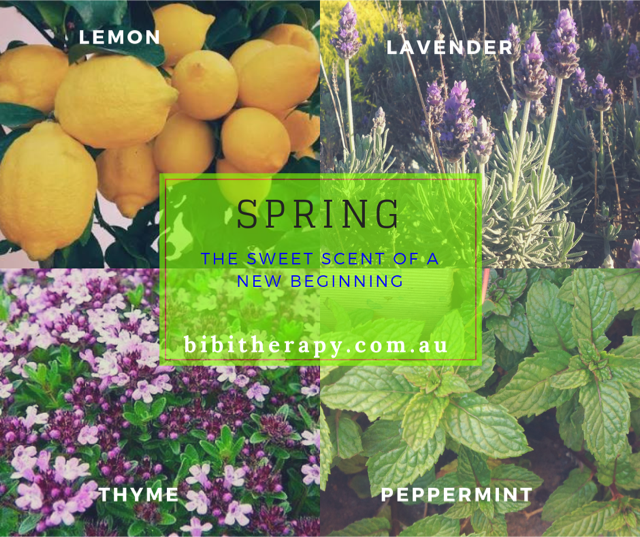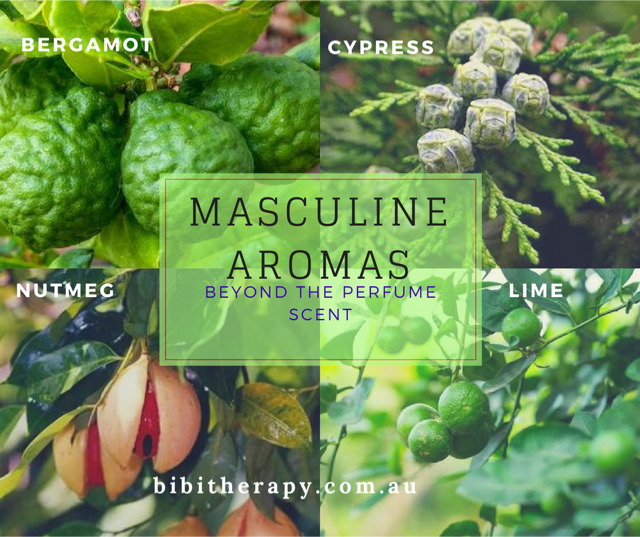Grandma’s Aromatic Cold Cure
Last night’s cold temperature
reminded me of a bitter experience I had in my early youth. I was
commuting to my job by bus in another town about 12 km distance away.
The temperature reached minus 23 degrees Celsius. After several
stops, the buss wouldn’t start. Ouch! We were caught between the
two towns: with phenomenal view of majestic frozen mountains on both
sides of the road. The driver suggested that we better start walking.
So we did. We had walked about 4 km to get to the first house in the
town where my job was. When the journey came to an end, my nostrils
and left eye were almost frozen. Imagine the rest…..
Ok .. Ok I admit, I was way out of
my thermal comfort back then.
Anyway, if you are living in
Melbourne, you know that one cannot have this sort of experience. So
why did I feel it was so cold?
Aha! You guessed: is all about
personal thermal comfort. Meaning whatever I am comfortable in my own
skin. Sometimes 14 degrees Celsius are just fine while other times
not. That is because the thermal comfort is a subjective evaluation
of what thousands of thermal skin sensors communicate to the nervous
and endocrine system. Interestingly, the thermal skin sensors are
distributed unequally on the body, with more sensors in the exposed
regions of the body: feet, ankles, hands, wrists, neck, face and
head. Therefore, having one or more of these regions exposed to the
outdoor weather is linked to how cold/hot the body feels.
But would feeling cold make you
getting the cold?
Feeling cold and catching a cold are
not necessarily directly related. Even though colds and other
respiratory illnesses are more prevalent in the colder months, it
does not mean that they are caused by it. More likely, we get them
because we might be tired, under emotional stress or lacking some
essential minerals and vitamins. Colds are caused by a group of
viruses referred to as rhinoviruses.
Best way to stay healthy this cold
season is to keep the hands clean and avoid touching the nose, eyes
or the face with unwashed hands. If the unavoidable happened and the
cold signs (runny nose, scratchy throat, and nonstop sneezing) are
developing, relax and read on. Grandma’s recipes are at hand.
Important to remember that the
remedies provided here rarely cause adverse effects: some can inhibit
viruses while other can alleviate cold symptoms. It is up to you to
choose and educate yourself about what works best for you.
I share here three of my best ways to unbug yourself: the easy way: on your pocket as well as on your body.
#1 Decongestant Aromatic Herbal Bath
This is my absolute favourite and is
an old fashioned remedy for colds. You can either brew a strong tea
using the herbs below or use their essential oils (about 2 drops of
each) to the bath.
In a large 5 l pot
bring to boil water with:
-
2 cups
eucalyptus leaves
-
½ cup of
thyme leaves
-
1 cup of
rosemary leaves
-
1cup of
peppermint leaves
Cover and let it rest for about 5
min. Strain out the herbs and pour the solution in the bath making
sure that the water is not too hot (about 40degrees Celsius ).
#2 Boost the Immune System with the Humble
Chicken Soup
Slow cook a chicken soup with my
secret ingredient.
Recipe
-
1 medium
chicken
-
3-4 carrots
-
1 parsnip
-
1 medium
onion
-
½ celeriac
root
-
1-2 cloves
fresh garlic
-
8 – 10 black
peppercorns
-
2cm fresh
ginger
-
Secret
ingredient: shiitake mushrooms (lentinus edodes).
Since ancient times, (as early as AD60 by Pedacius Dioscorides, Roman surgeon under Nero) the chicken soup was considered the ultimate cold and flu fighter and a tested way to boost your own immune system. Today’s deep science understandings enable us to also know why. The trick with it is to cook the chicken as slow as possible in a slow cooker. By cooking for longer time at relatively low temperature, the soup has multiple benefits as listed in Table 1.
Table
1. The chicken soup: more than just another hot liquid.
|
Effect
|
Reason
|
Mild-
antiinflammatory
|
Increases mucus flow (Saketkhoo, et al 1978)
|
|
antioxidants
|
Carrots, onions (Suileria et al 2015)
|
|
Prevents dehydration
|
Parsnip- important source of potassium
|
|
Metabolism enhancer
|
Black pepper
|
|
Blocks the attachment and internalisation of human respiratory
syncytial virus (HRSV)
|
Ginger is an effective element against virus (HRSV) infections
(Chang et al., 2003) –
|
less dietary glycotoxins
|
Cooking the foods using intense heat, causes the sugars to bind
with proteins (e.a. collagen and elastin fibers) to form
glycotoxins. The visual evidence of this termo-chemical reaction
is the browning observed in food cooked above 110 degrees Celsius.
The cookies and cake in the oven, the chicken on the grill, and
the potatoes in the frying pan are all browning as a result of
dietary glycotoxins.
|
|
Antiviral properties
|
garlic’s sulfur-potentially has a role here (Cochrane Library
2014)
|
|
Tonic to the immune system
|
Shiitake mushrooms possess substances called polysaccharides
that stimulate the immune system by increasing the body’s
production of antiviral substance interferon.(Gunawardena, et
al, 2014)
|
|
Feel free to add any other herbs. Experimenting is key in cooking! |
#3 Aromatic Herbal Remedies and Inhalations
A plethora of teas are available in
health shops and pharmacy. My current choice of herbal remedies is
based on taste as well as scientific evidence. The following
combination provides a nice, fresh and sweet taste that is pleasant
either hot or cold.
Peppermint (Mentha piperita)
This herb’s essential oil is used
as nasal decongestant and inhalants. It affects the bronchial smooth
muscle cells (Meamarbashy et al, 2014) as well as it can be
used in combating nausea even in pregnancy (Gordon & Love, 2018).
In fact, the essential oil can be used in a diluted form on the
temples to reduce headaches (making sure that the eyes are well
protected).
Ginger (Zingiber officinale)
Ginger blends well with many other
herbs. It is also very versatile as it can be used in fresh and dried
form equally. Ginger can be boiled for tea, in soups or stir-fries
with equal effect. As it is a warming plant, avoid using when high
fever is present.
Liquorice (Glycyrrhiza glabra)
Licorice root is commonly used in
alternative medicine to treat colds and sore throats. However,
licorice does not only act upon the respiratory system(Gulati et
al 2016). It can also be soothing to the gut and work as an
effective liver cleanser and blood detoxifier when combined with
other herbs. Licorice will sweeten the tea due glycyrrhizin, a
compound that can be up to 50 times sweeter than sugar. This
sweet compound inhibits tissue inflammation, reduces oxidative stress
and has significant anti-inflammatory properties. No wonder it has
been heralded as the “go to” herb when cold season hits in so
many cultures around the Globe (Ancient Greeks, China, India). Use
the tea for maximum a week only as to avoid overdosing on glycyrrhiza
(50 times sweeter than sugar). More about licorice is
summarised in the (American Botanical Council).
For more information on how to
aromatically keep the cold at bay using diet, herbs and aromatic
essential oils, contact
us.
Disclaimer: I am not a
medical doctor or nurse and do not play one on the internet. Always
check with a doctor or medical professional if a medical need
arises.]
References
Chang
et al., 2003, J Ethnopharmacol., 9;145(1):146-51.
https://www.ncbi.nlm.nih.gov/pubmed/23123794
Cochrane
Library,2014, Garlic for the common
(cold.https://www.cochrane.org/CD006206/ARI_garlic-common-cold)
Gordon
and Love, 2018, Chapter 54:Nausea and Vomiting in Pregnancy Pages
542-549, in Integrative
Medicine, 4th Edition. Ed.
Rakel D Elsevier Inc.
(https://www.sciencedirect.com/topics/medicine-and-dentistry/peppermint)
Gulati
et al, 2016, Nutraceuticals in Respiratory Disorders, in
Nutraceuticals: Efficacy, Safety and Toxicity, Ed Gupta, Elsevier
Inc.
(
https://www.sciencedirect.com/topics/agricultural-and-biological-sciences/glycyrrhiza-glabra)
Gunawardena
et al,
2014 Food Chem. 1;148:92-6.
(https://www.ncbi.nlm.nih.gov/pubmed/24262531)
Licorice
Root – American Botanical Council
http://cms.herbalgram.org/expandedE/Licoriceroot.html?ts=1559265640&signature=1d1115ec53db851b893ed9193a017150
Meamarbashy,
2014, Avicenna J Phytomed., 4(1): 72–78.
https://www.ncbi.nlm.nih.gov/pmc/articles/PMC4103722/)
Suileria
et al, 2015, Crit Rev Food Sci Nutr.;55(1):50-66.,
https://www.ncbi.nlm.nih.gov/pubmed/24915405
Saketkhoo
et al, 1978; Chest. 74(4):408-10.
https://www.ncbi.nlm.nih.gov/pubmed/359266
